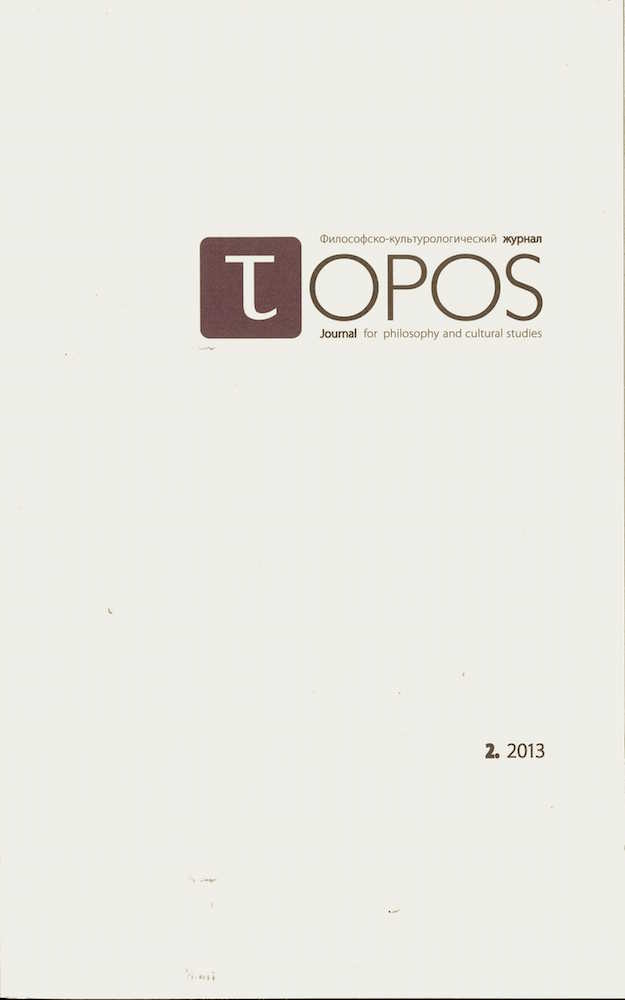The Virtuality of Communities: A Methodological Shift in Modern Social Theories
Article
Abstract
[In Russian]
The notion of community and its implications in various discourses are investigated. It is suggested that a ‘community’ may serve as an operational notion of the ‘medium level’ under conditions of the theoretical and methodological crisis of modern sociology: for instance, community studies in the United States and J. Habermas’ concept of a ‘communication community’. However, the most heuristic are the attempts of social theorists to see in a ‘community’ a model of alternative social structure opposing a monolithic system of hierarchically arrayed social aggregates inherent to the high modernity. In such interpretation, a ‘community’ refers to a flexible association of individuals, which is adequate to the state of ‘information civilization’ and ‘fluid modernity’, being a minimum of sociality under modern circumstances and providing individuals with a sense of social rootedness without ‘social fetters’ (A. Etzioni, M. Hardt, A. Negri, M. Castells). Such an approach should be supplemented with an interpretation of a community as ‘togetherness’ – as a topos of co-being, a crack in the social structure of total representation that returns to a person the fullness of his/her life (J.-L. Nancy, G. Agamben). The two approaches identified in this study are exposed with the parallax view (S. Žižek) – using the author’s concept of a community as a virtual reality serving as a referent of real for their epigones. Hypostasizing any element of social reality – whether an individual, a society or a community – initially is a limited position; their mutual overflow is highlighted instead.
Downloads

This work is licensed under a Creative Commons Attribution-NonCommercial-NoDerivatives 4.0 International License.
This journal allows the author(s) to hold the copyright without restrictions. Topos Journal uses CC BY-NC-ND 4.0 license (license URL: http://creativecommons.org/licenses/by-nc-nd/4.0).


